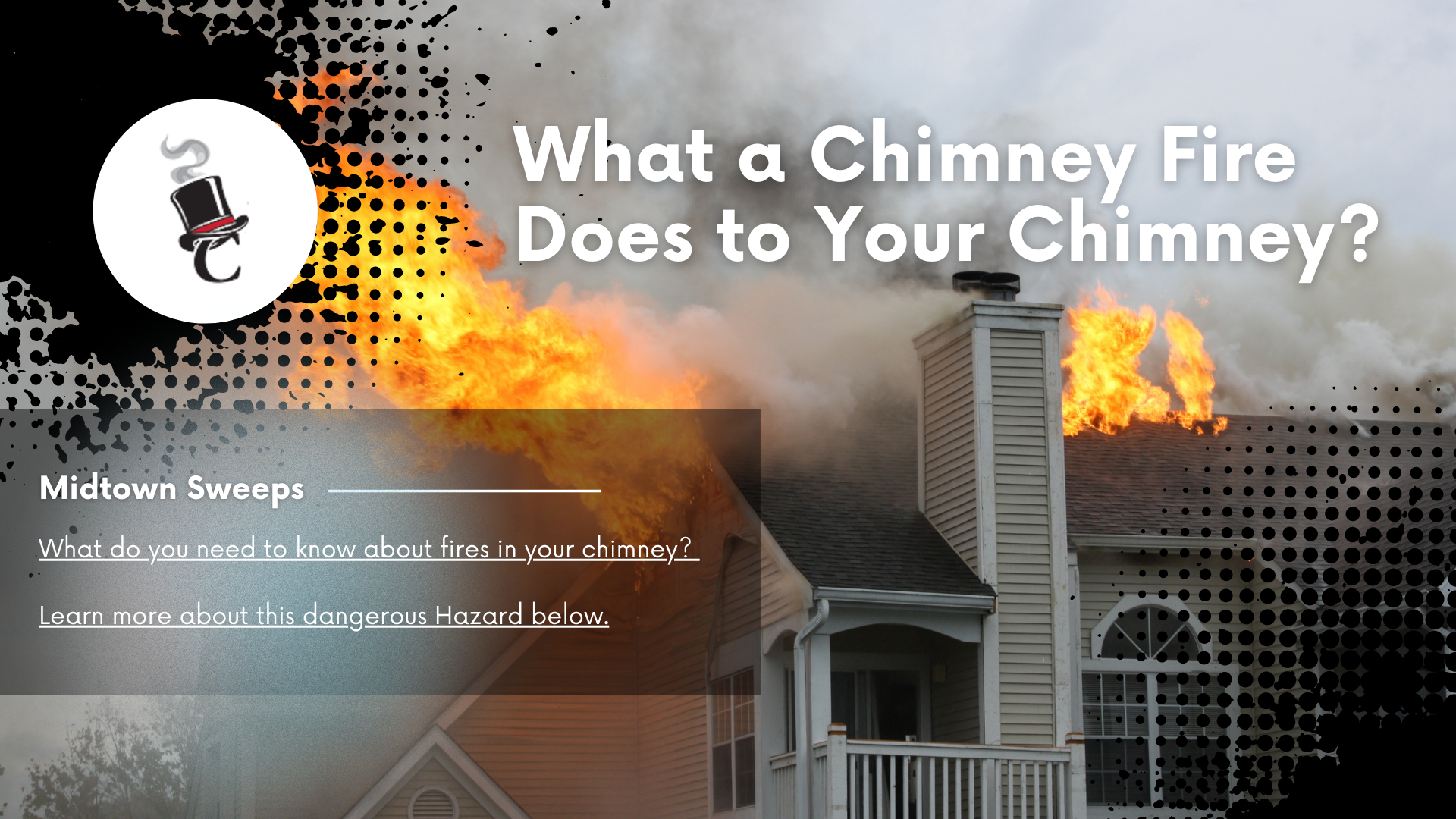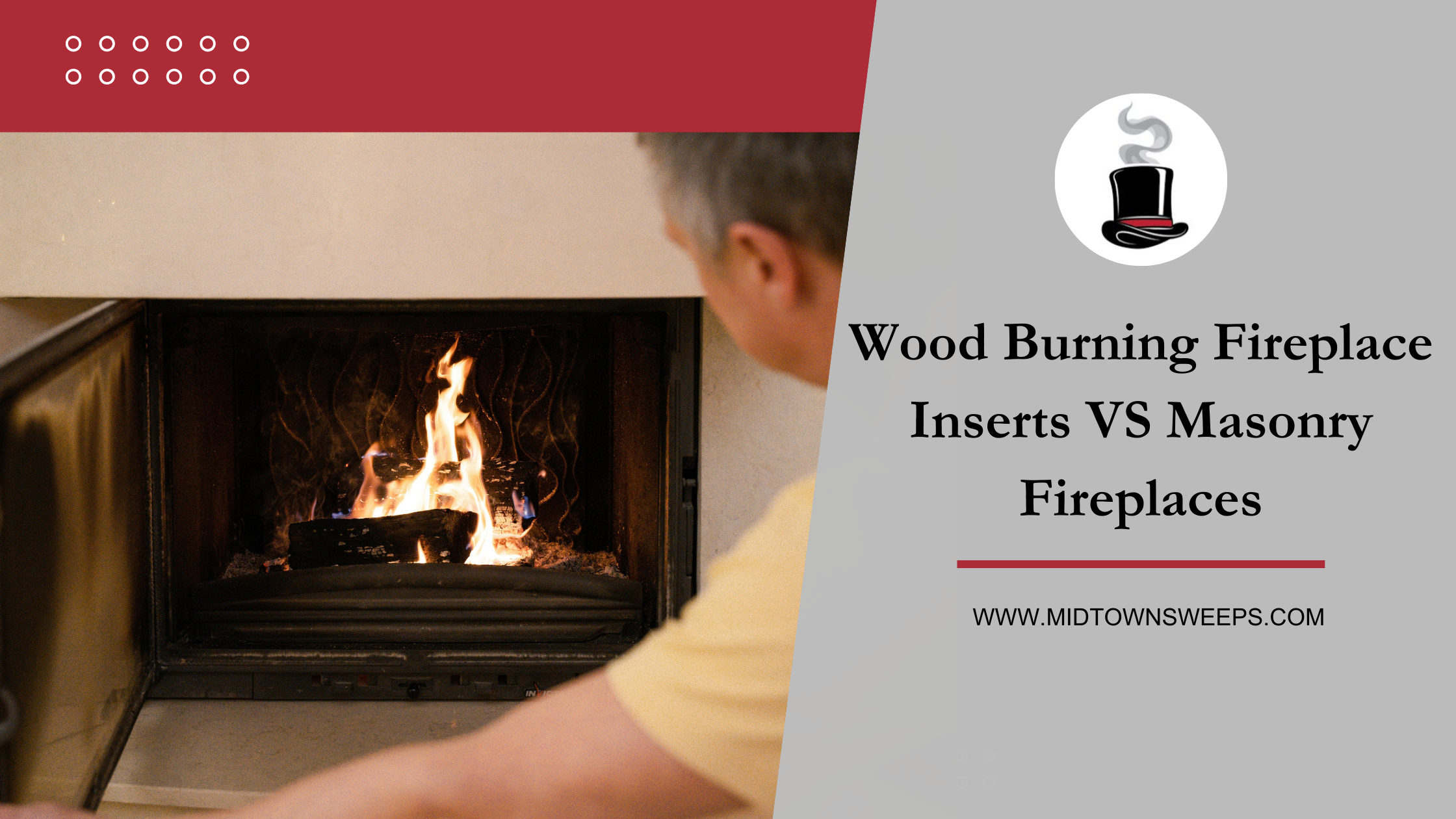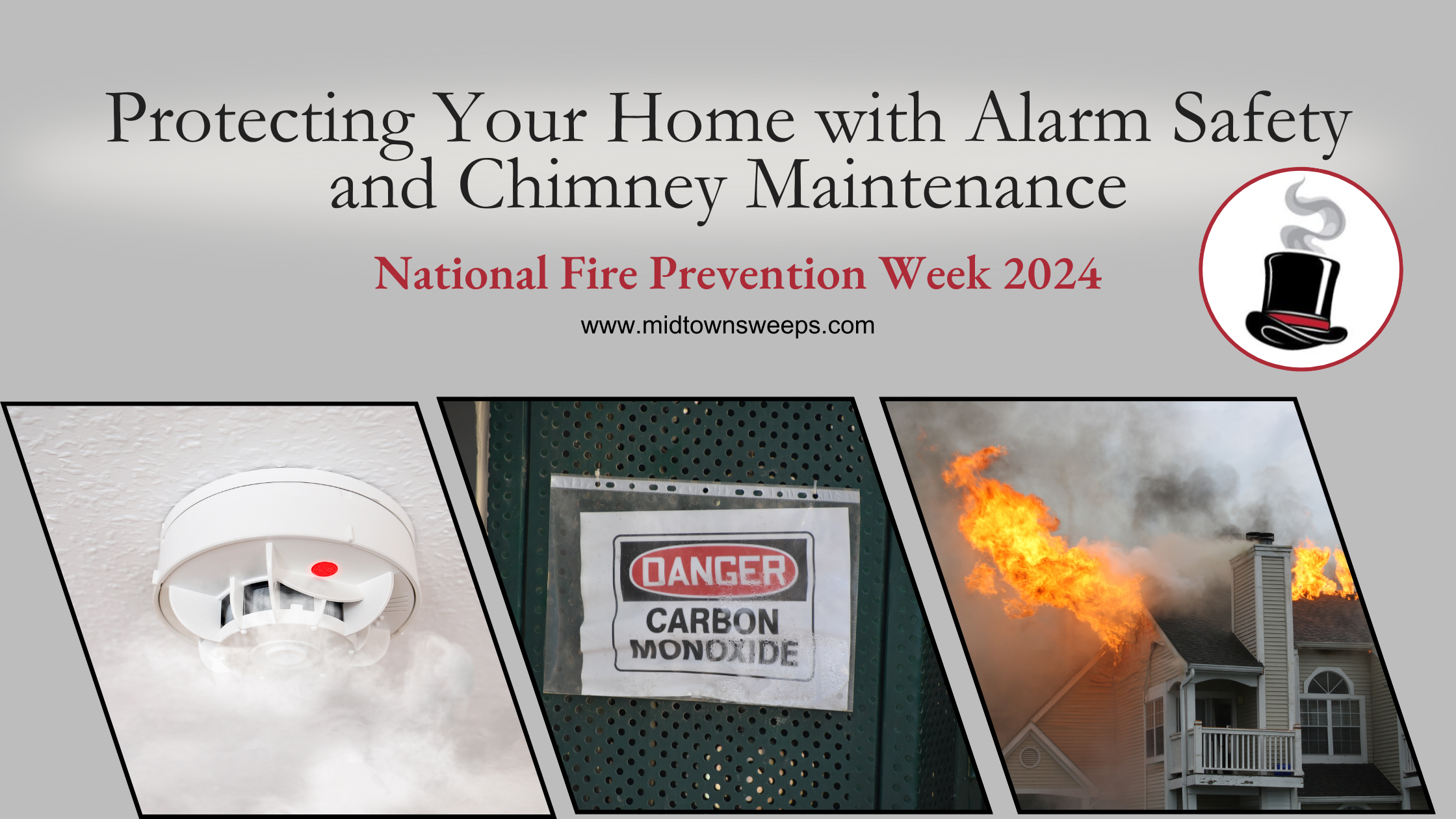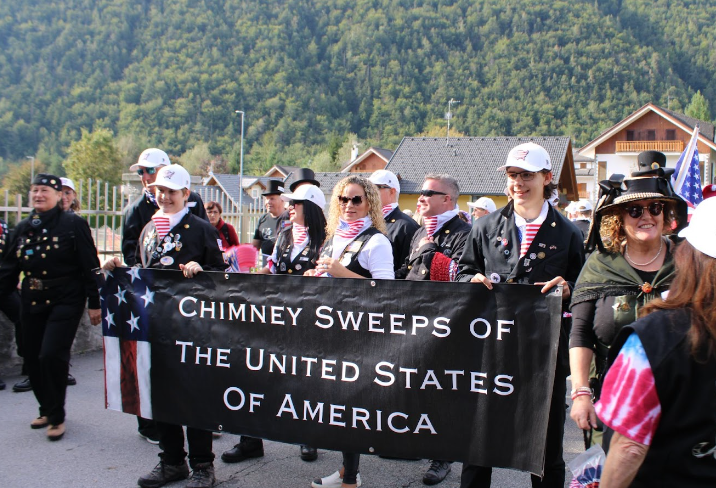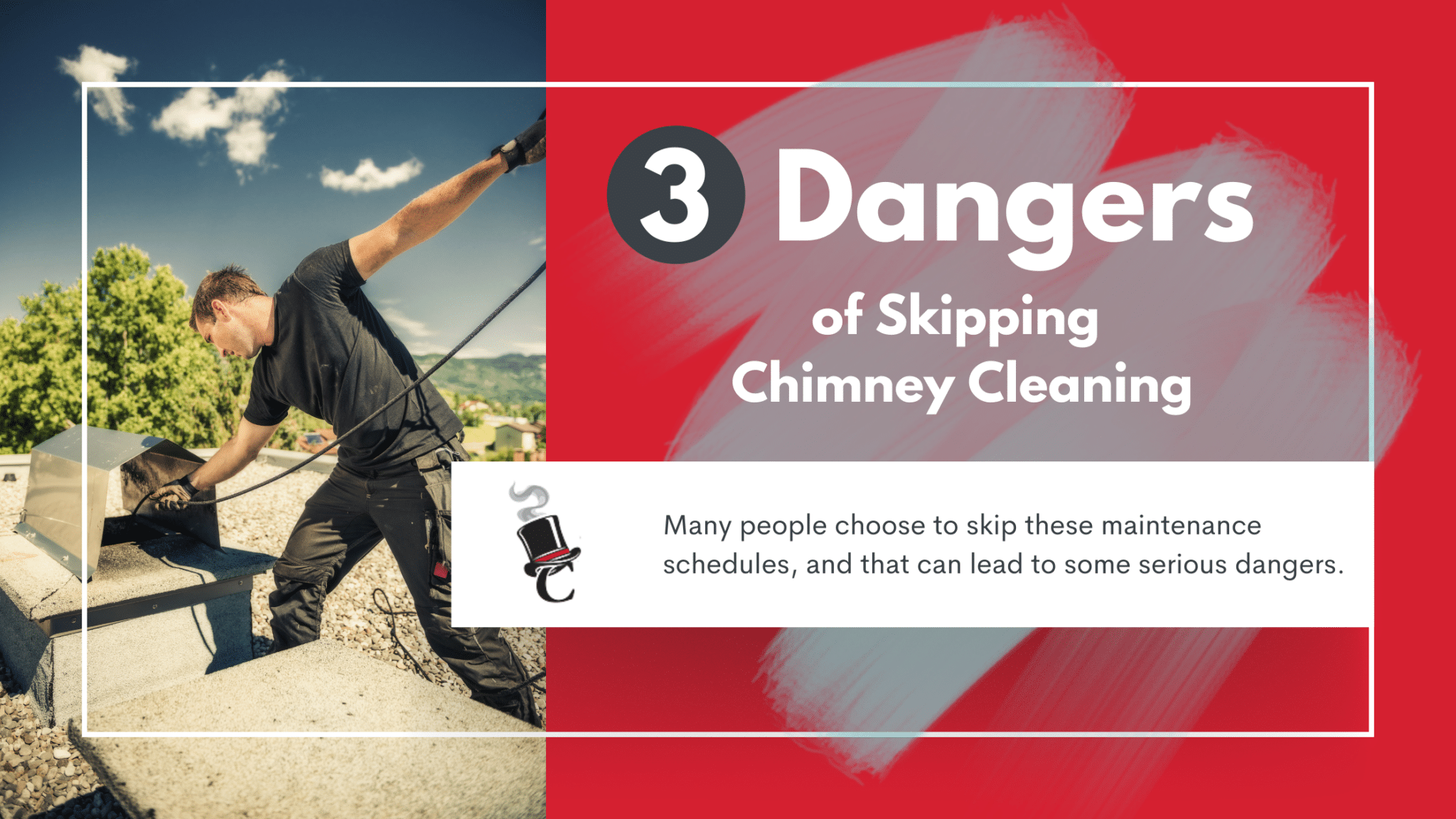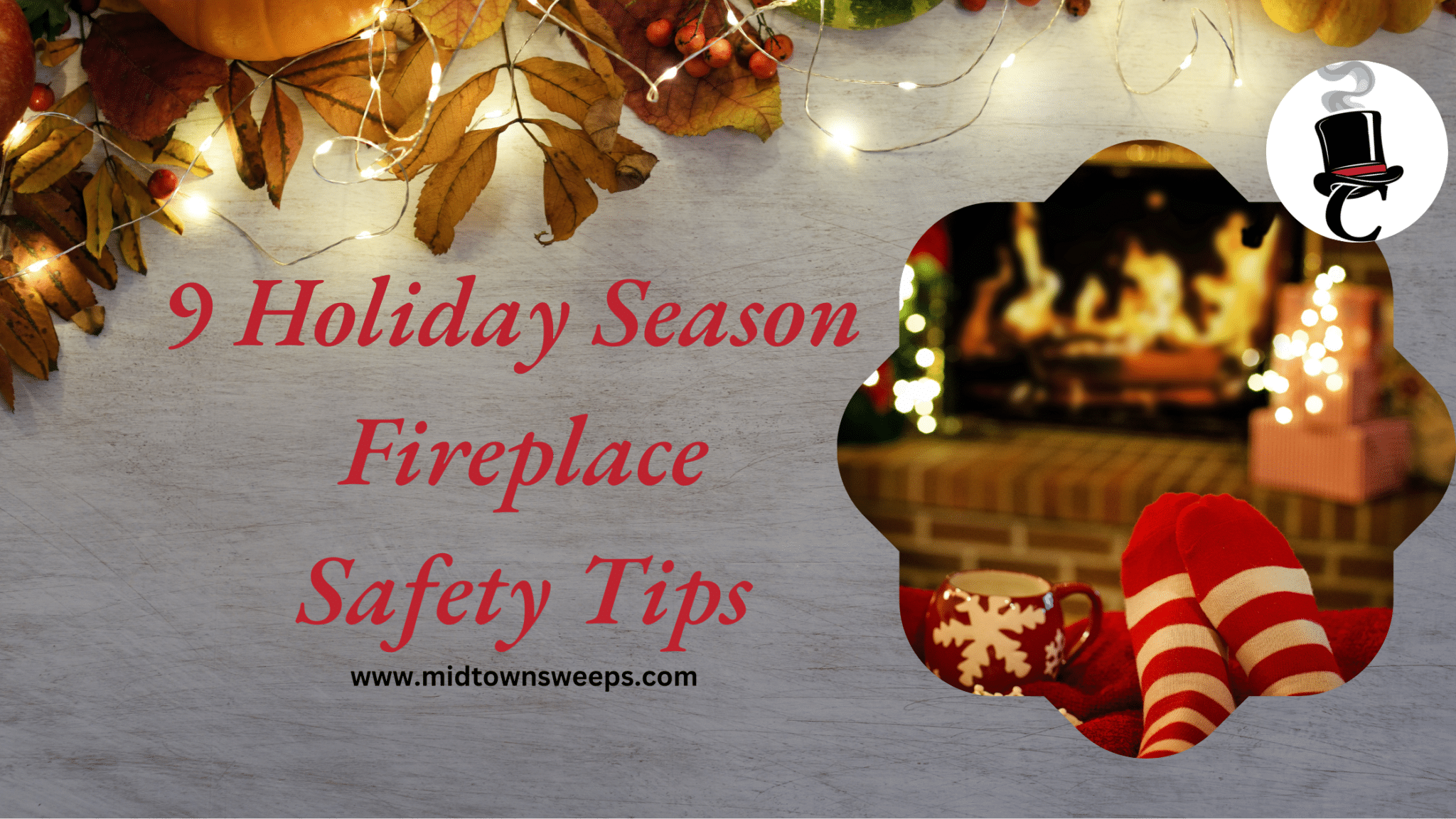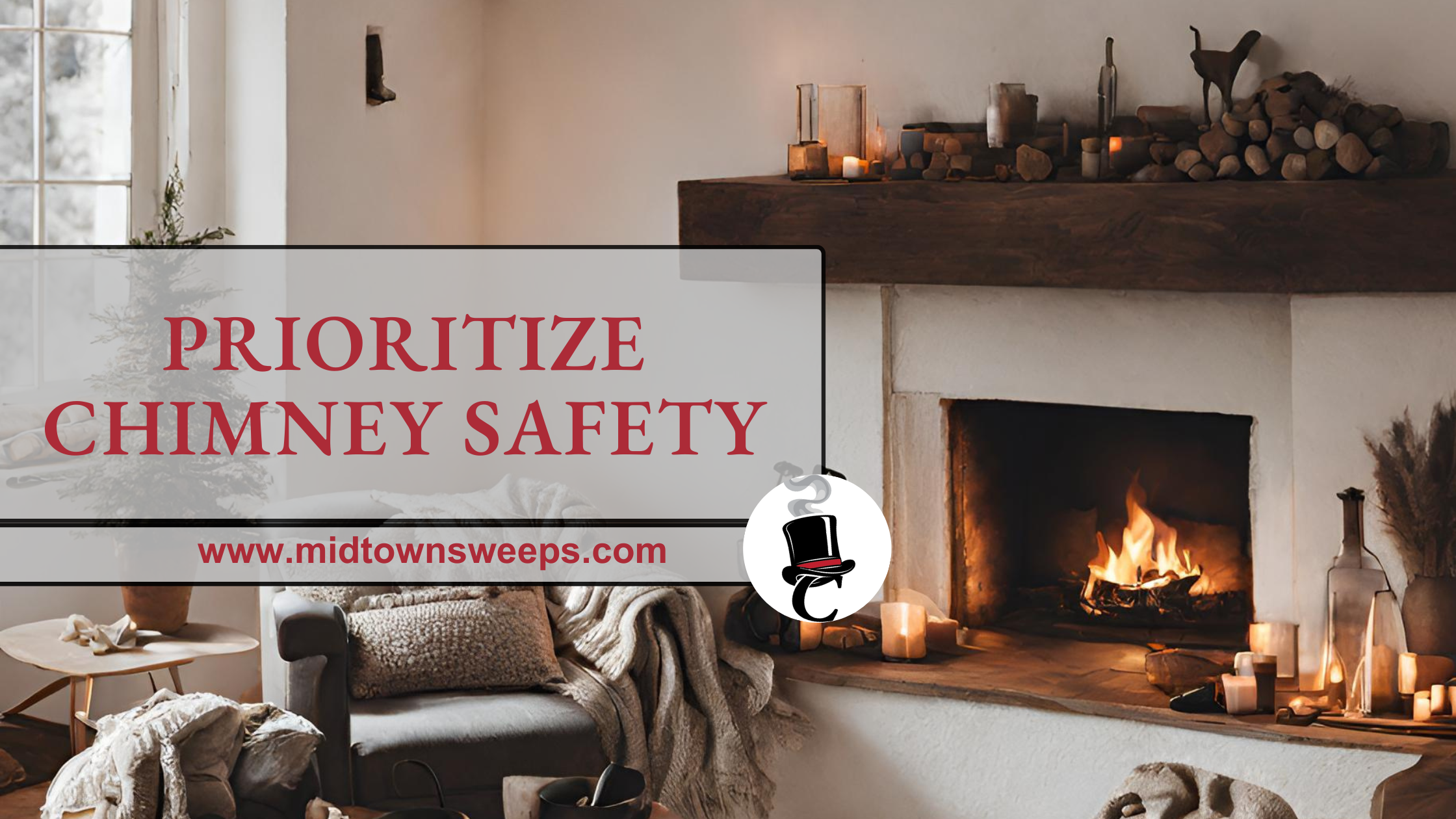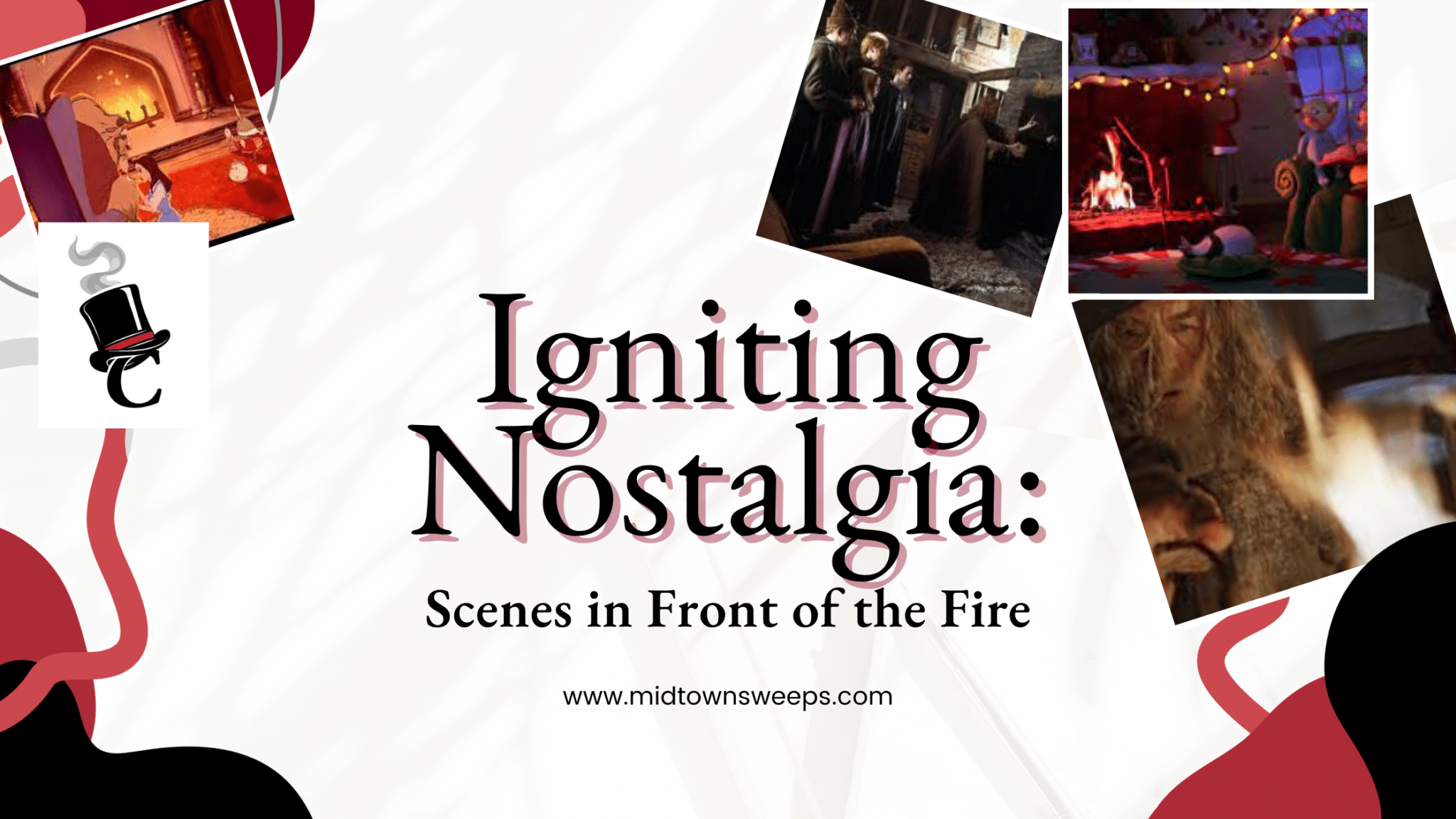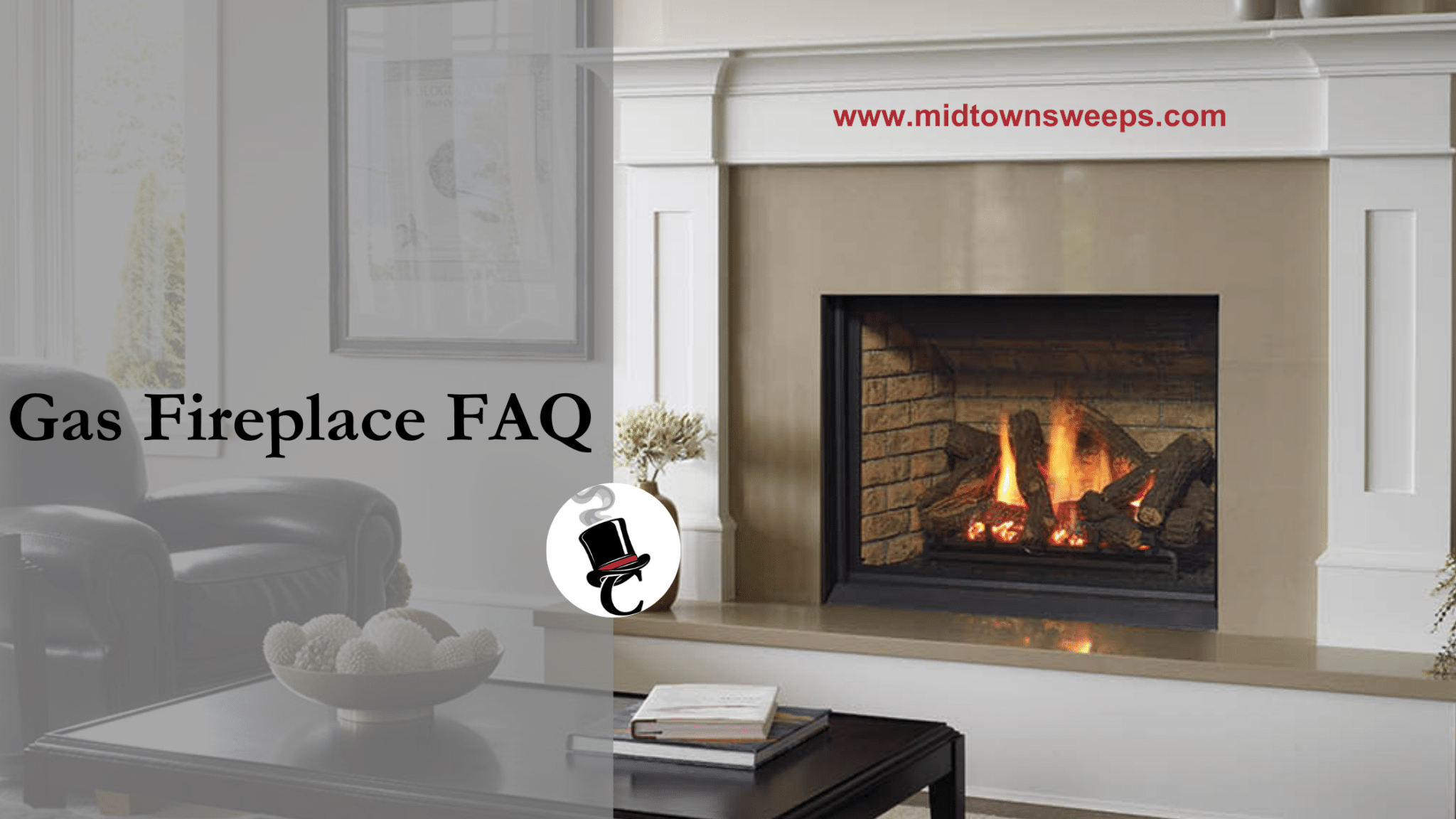If you plan on burning a fire, you have to make sure you do so safely. Even though you want the fire to keep your house warm, you also need to make sure your chimney is working properly. Many people associate the chimney with filtering smoke away from the house. Unfortunately, this does not mean that your chimney is fireproof. A chimney fire is a significant risk whenever you light a fire in your home. Therefore, you must do everything you can to prevent chimney fire. What do you need to know about fires in your chimney? Learn more about this dangerous Hazard below.
How Do Chimney Fires Start?
So, how exactly do chimney fires start? This usually happens when there is a lot of creosote buildup in the chimney. Eventually, this creosote catches fire if the chimney is not cleaned. There are several factors that could encourage creosote buildup to light. These include restricted air supplies, unseasoned wood, or overloading the firebox. If the chimney temperature is cooler than normal, this could also increase the chances of a chimney fire starting. Therefore, you should do everything you can to mitigate these circumstances to protect your chimney.
What Are the Top Signs of a Chimney Fire?
If there is a chimney fire present, it is important to put this out as quickly as possible. The first step in doing so is to understand the signs to look for. A few of the top signs that you may have a chimney fire in your chimney include:
- You may notice excess smoke coming from either end of the chimney.
- You may hear a rumbling sound in the distance that resembles an oncoming train.
- You might hear ticking or cracking in the chimney.
These are just a few of the many signs of a chimney fire. If you think there is a chimney fire in your chimney, you need to call 911.
Enlist the Help of a Professional Chimney Sweep
A professional chimney sweep is used to seeing the signs left behind following a chimney fire. You may notice some of them yourself. A few potential effects include:
- There could be some creosote flakes left in the firebox, near the chimney, or on the ground.
- There could be chips of flue liner tiles located in the firebox.
- The chimney damper may be warped or misshapen.
- It could be obvious signs of damage to the chimney chase top, chimney cap, or flue cover.
- There might be melted roofing material near the chimney.
- There could be smoke stones on the masonry at the top of the chimney.
You need to do everything you can to prevent this from happening. That is why you should count on a CSIA-certified chimney sweep to make sure your chimney is safe.
Take Care of Your Home
Ultimately, it is important for you to do everything you can to place safety first when you have a fire in your fireplace. If it has been a long time since you last lit a fire, you need to contact a professional chimney sweep to make sure your chimney is intact. That way, you can reduce the chances of a chimney fire taking place. Finally, remember to take the proper precautions when you light a fire in your fireplace. Even though a fire can be a beautiful sight to behold, it can also be dangerous if it is not controlled properly.
